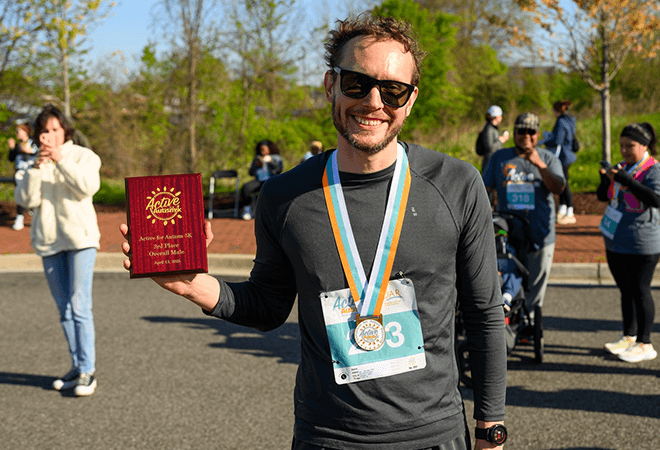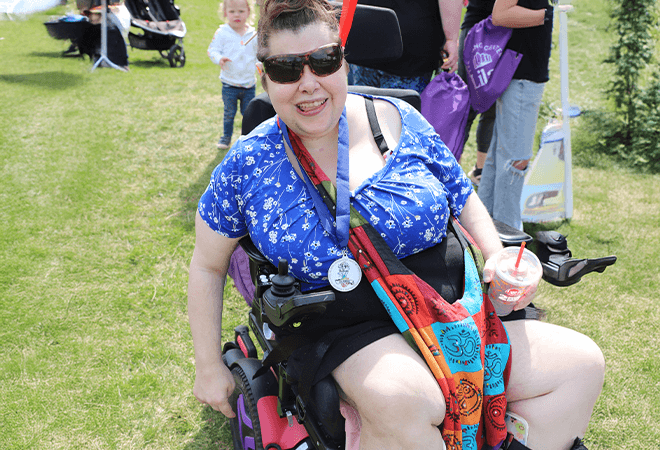Preface
For years, we have believed that a company’s value lies not only in creating quality products but also in driving positive social impact. Since our founding, we have partnered with nonprofit organizations — including breast cancer awareness groups, autism support programs, veteran service agencies, and community conservation initiatives — to amplify hope where it matters most.
Every custom product you order helps fuel this mission. A portion of each sale goes directly to our nonprofit partners, supporting initiatives like breast cancer support, autism resources, veteran assistance, and community safety.
Autism, also known as Autism Spectrum Disorder (ASD), is a neurodevelopmental disorder.
Characteristics of Autism
The core characteristics of autism are mainly reflected in three aspects: social communication barriers, narrow interests, and repetitive and stereotyped behaviors.
Social Communication Barriers
Autistic people have significant difficulties in social interaction. They often have trouble understanding others’ emotions and intentions, make little eye contact, and may even completely avoid it.
Narrow Interests
The interest range of autistic people is usually quite narrow. They show an abnormally strong interest in certain rigid and fixed things but are hardly attracted by other new things and are unwilling to try new activities or games.
Repetitive and Stereotyped Behaviors
The behavior patterns of autistic people are often repetitive and stereotyped. They may repeatedly perform the same actions, such as clapping their hands continuously, shaking their bodies, or spinning around. In daily life, they have a strong dependence on the regularity of the environment and daily routines, and once this regularity is disrupted, they may feel anxious and uneasy.
Causes of Autism
The causes of autism are complex and not yet fully understood. However, research has shown that it is mainly the result of the combined effects of multiple factors.
Genetic Factors
Genetic factors play an important role in the occurrence of autism. If there are autism patients in the family, the risk of other members having autism is higher than that of the general population. Studies have shown that in identical twins, if one has autism, the probability of the other also having autism is as high as 60% – 90%.
Environmental Factors
Prenatal infections, exposure to harmful substances during pregnancy (such as heavy metals, certain medications), premature birth, and low birth weight can all increase the risk of autism.
Intervention Methods
Speech Therapy
Speech therapists develop personalized treatment plans based on the language abilities of autistic people to address their language barriers. They use games and activities to stimulate language interest, teach pronunciation, vocabulary, and sentence structures. For children with poor language comprehension, they use auxiliary tools such as the Picture Exchange Communication System (PECS) to help them understand and express their needs.
Social Skills Training
Social skills training helps autistic people improve their social interaction abilities through role-playing, group activities, and other simulated situations. It teaches them to communicate, cooperate, and share, reducing social anxiety and helping them integrate better into society.
Family Support
Family plays a crucial role in rehabilitation. Parents need to understand autism, master intervention methods, provide care and support to their children, create a warm and harmonious family environment, and work together to face challenges and strive for the child’s recovery.
Ways to Care
Acceptance and Tolerance
Accept the uniqueness of autistic people and do not discriminate or exclude them. In public places, understand their special behaviors and give them space and understanding.

Offering Help
When autistic people or their parents need help, actively lend a hand. Help children with learning difficulties at school or make suggestions to teachers. In the community, take care of children or do housework to lighten the burden of parents.

Advocacy and Promotion
Participate in publicity activities and share scientific articles to let more people understand autism, eliminate misunderstandings and prejudices, and create a friendly environment for them.
Autism is a complex disorder, but through understanding, care, and scientific intervention, autistic people can also have a bright future. Let’s join hands to light up their world with love and help them grow strong.
